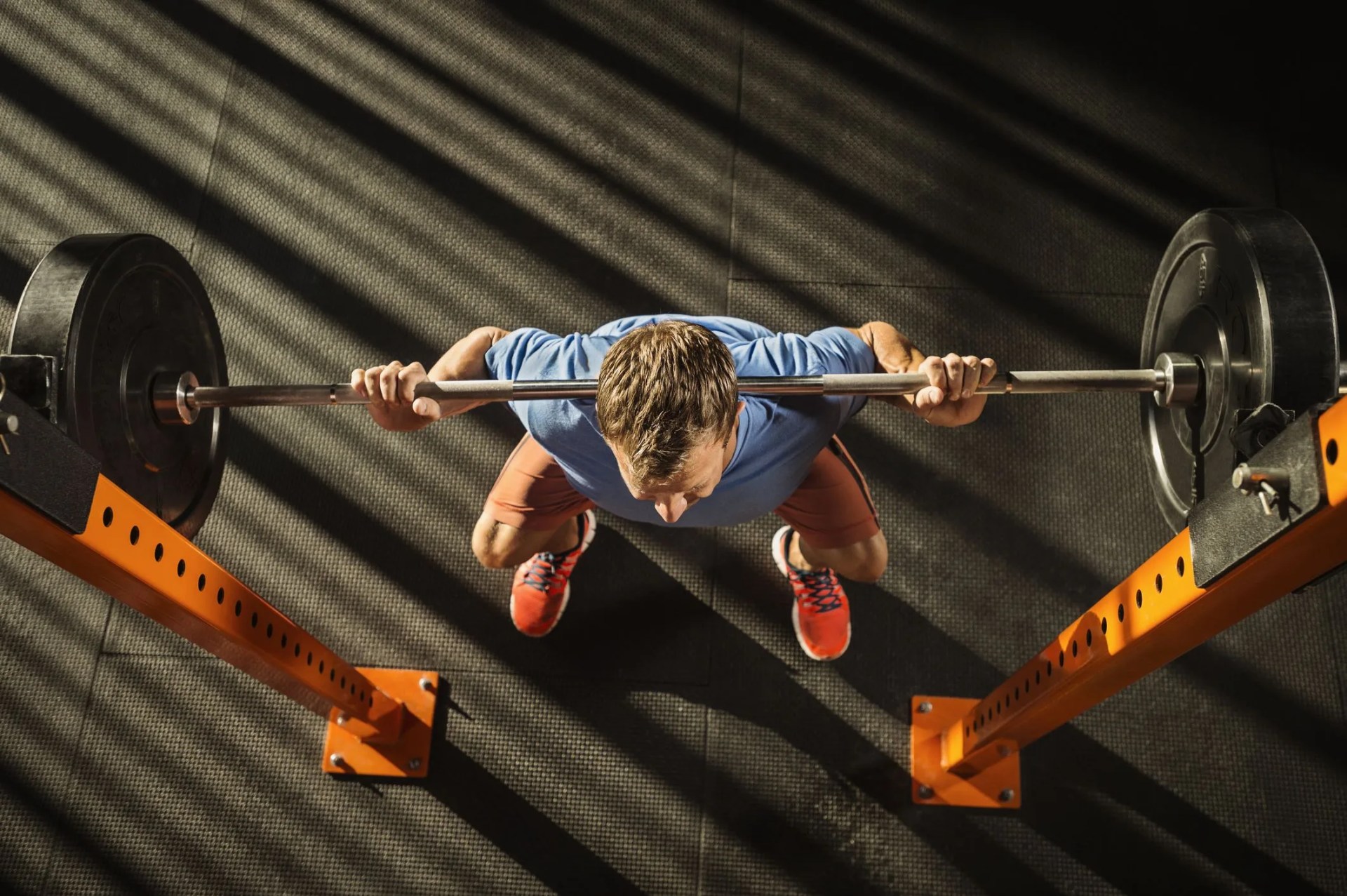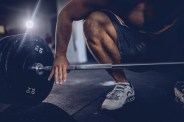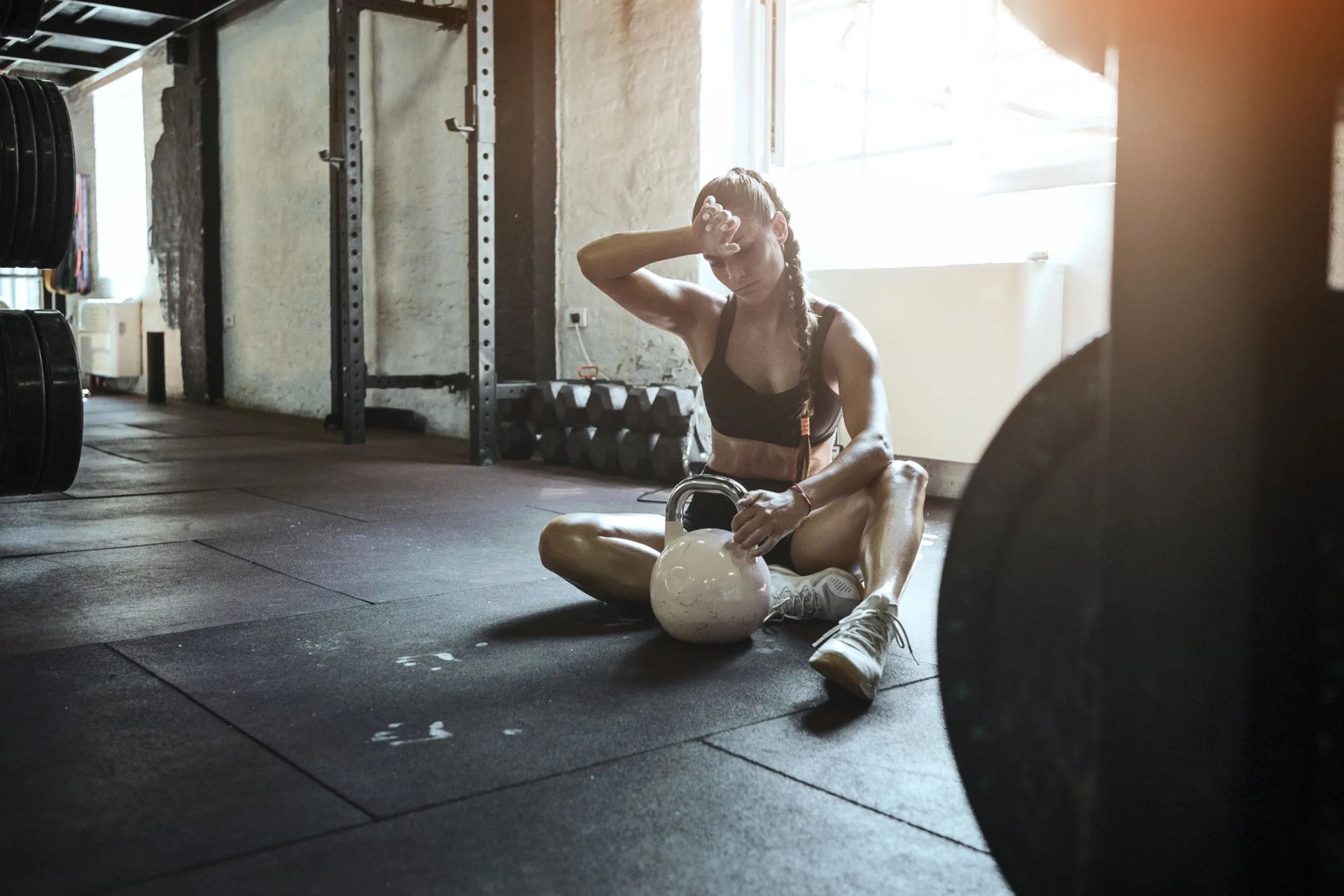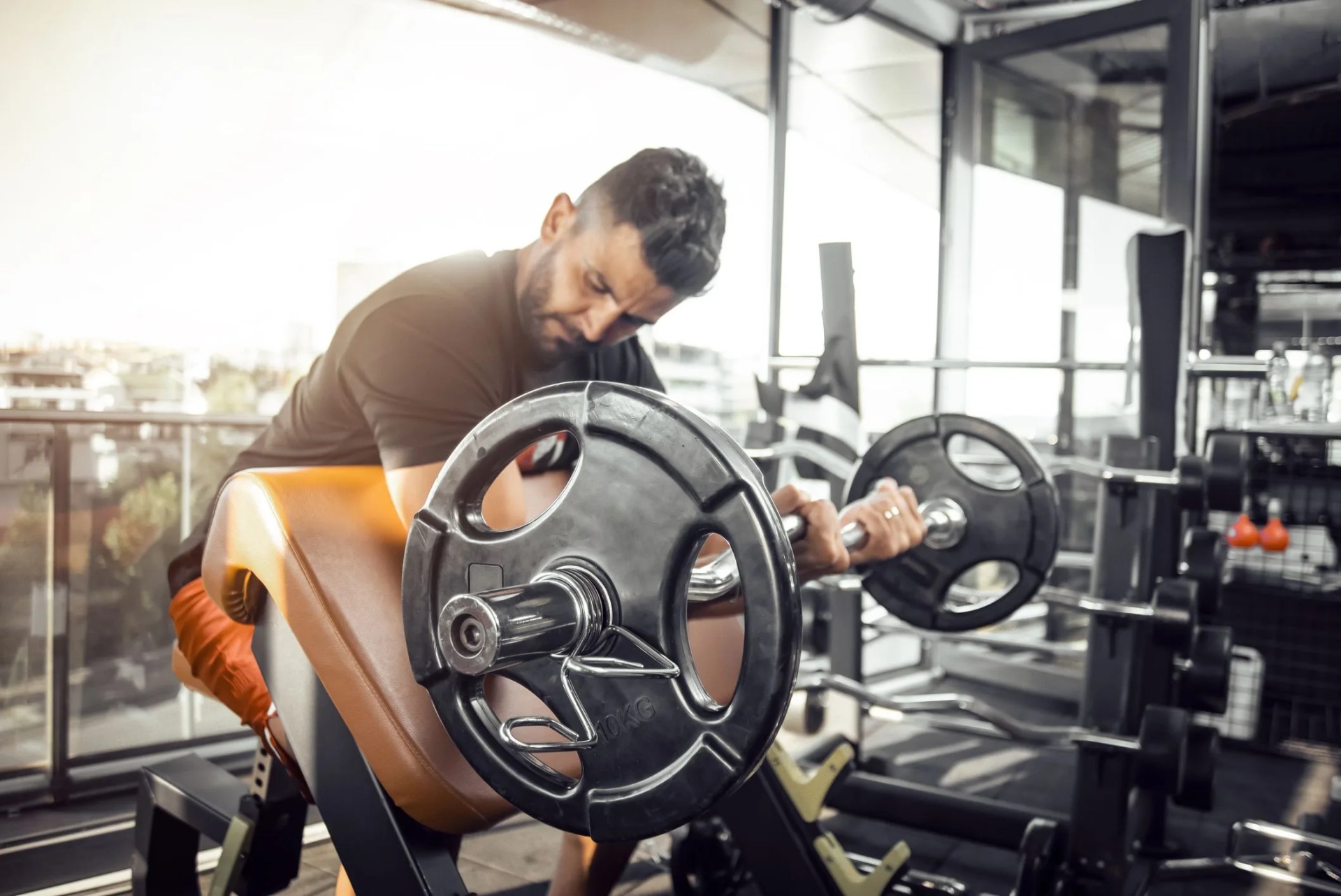Okay, so you’ve gotten a few weeks of strength training under your belt and you’ve documented your one-rep-max for those big barbell lifts. To progress toward the next PR, you’ll typically lift a percentage of your max for a planned number of varying reps and sets over your multi-week program. Sounds simple enough, at least on paper.
What the numbers and percentages don’t account for are all the human elements that can easily influence your gym ritual. These daily occurrences can take form in a number of ways. Maybe you had a strenuous day at your work desk. Perhaps you had a rough night’s sleep. You missed your pre-workout snack. You can’t focus on anything right now except for your favorite Netflix series.
All these factors can make even the lightest workouts seem daunting, even when numbers indicate you should complete the lift easily. This doesn’t mean percentage-based training is totally bunk, but there are other effective ways to clang and bang those weights.
RPE, or Rate of Perceived Exertion, is one such training method that doesn’t require a ton of numbers and math, but rather, a simple understanding of your own body. This popular measuring tool can help you maintain your fitness journey and offer up a nice change of pace from percentage-based training.
What is RPE?
Rate of Perceived Exertion is a scale that measures the intensity of your exercise. The scale is based on how easy or difficult you perceive an activity, and is completely subjective to your personal feelings. No max or percentages are required, so you can cater your training based on your status in that particular moment in relation to a number of sensations like increased heart rate, level of fatigue, breathing patterns and more.
 Erik Isakson
Erik Isakson



